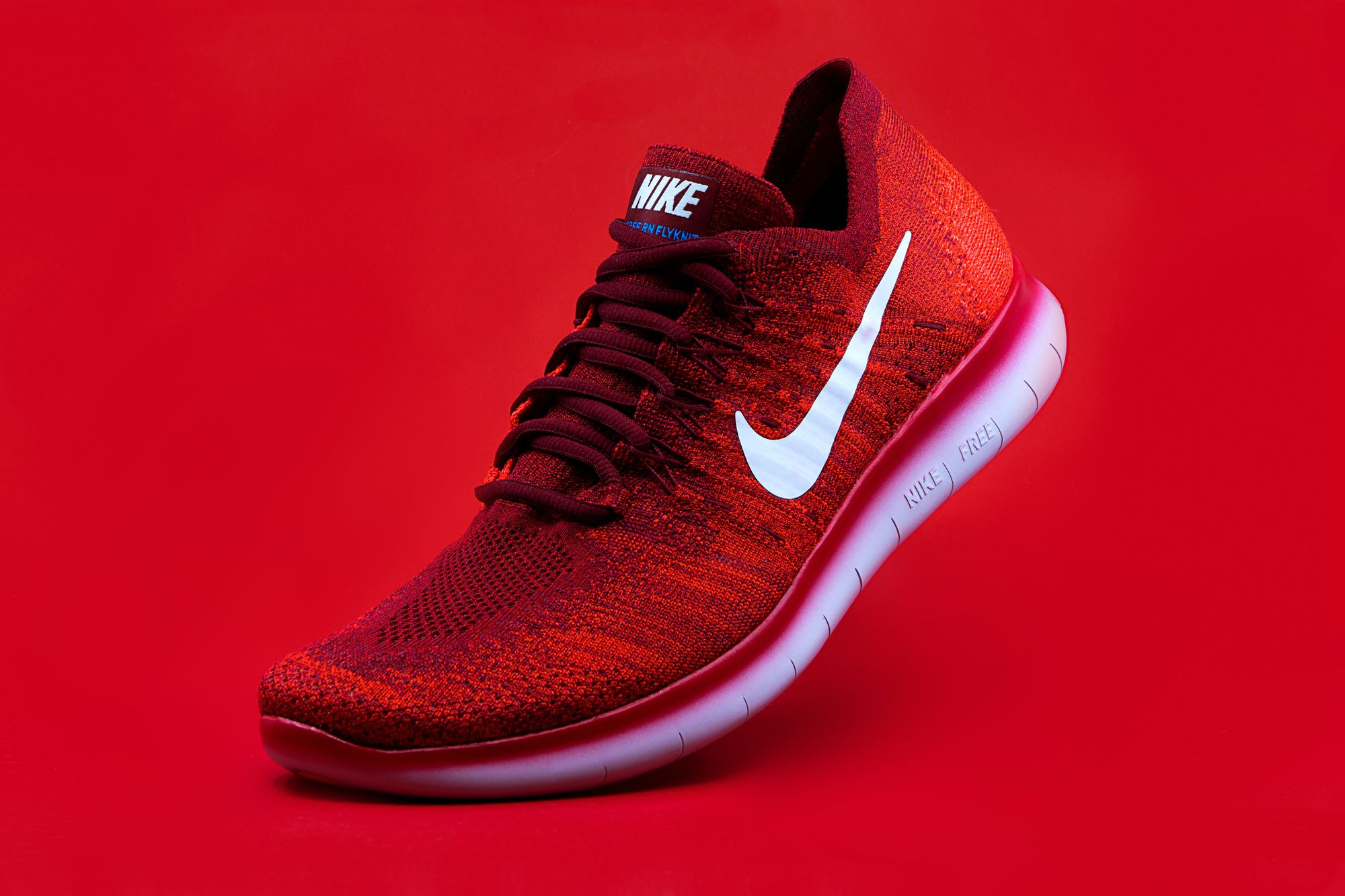Scarcity marketing is a strategy where products are made scarce to boost interest and drive sales. It's all about supply and demand. The more rare something is, the more people want it. And that means more sales for you.
It works because customers don't know if they'll find something later. We've all heard the stories of shoppers rushing out to grab an item before it sells out, or else they'll have to wait months, maybe even years, for the product to come back in stock.
Here is an overview of the pointers covered:
- What's Scarcity Marketing?
- How Does Scarcity Marketing Work?
- How does scarcity work in the concept of marketing?
- What are the multiple ways to execute scarcity marketing?
- How does scarcity marketing work as a preferred method of marketing?
- What are the successful tactics for managing the scarcity marketing strategy?
- Illustration of examples of scarcity marketing
What's Scarcity Marketing?
Scarcity marketing is a tactic that you can use to increase the perceived value of your products or services. It's based on the idea that people will place a higher value on something that is in limited supply.
Convenience is another factor of perceived value. Often, it's easier to go with the product or service with the highest price tag, even if there are cheaper alternatives available.
Scarcity marketing allows you to use these two concepts to your advantage to increase sales and maximize profits. As a business owner, you may want to implement scarcity marketing tactics in your own business to boost sales and get more money out of customers who are willing to pay a little more for an exclusive product or service.
How Does Scarcity Marketing Work?
Scarcity marketing works by creating an artificial sense of urgency around your products or services. You do this by limiting access to what you're offering in some way, whether it's through time-limited promotions, limited quantities of a particular item, or other methods.
When people know they only have a short time to take advantage of your offer, they're more likely to act quickly and make a purchase before it's too late.
Scarcity marketing is a marketing practice that uses the psychology of scarcity to promote certain items and drive consumers to take action. American businessman Dan Kennedy coined the term, and it works because we have a built-in desire to want what we can't have. Scarcity marketing is effective because it taps into our psychological tendency to enjoy what we can't have.
Scarcity marketing relies on several different triggers. Some of them are external, and some of them are internal. External triggers include:
- Limited time offers These work because we don't like the idea of missing out (FOMO), and we often respond to urgency
- Limited availability: We all want what everyone else has, including difficult or impossible things to get
- Limited choice: We want things that other people don't have, and if only one or two options are available, we tend to value those options more highly than if there are many options available
Internal triggers include:
- Focusing on the positive: This is why "positive thinking" can be so effective; it's not that positive thinking makes things happen, but relatively positive thoughts make you more likely to notice opportunities in your environment
Scarcity can be created artificially by marketers or organically through natural demand.
How does scarcity work in the concept of marketing?
In terms of marketing, scarcity is the concept that states that people will want the things they can have less of or the things that are difficult for them to acquire. This principle is essential for businesses to consider when developing marketing strategies.
Understanding how scarcity works are essential to understand what kinds of things are considered scarce.
- Time: Time is something that most of us never have enough of, and with busy schedules and fast-paced lives, we rarely have time to do everything we want in our lives. We all have 24 hours in a day, which means that we cannot spend more than 24 hours on any given thing, no matter how much we might like to do so
- Wealth: Most people desire more wealth than they already have, which means they will go out of their way to acquire it. When people believe there is a chance to attain something that they want, such as money or a big promotion at work, they will work harder than usual to make it happen
- Physical space: People often seek out physical space as well, whether it's a new home, an additional room, or even just some extra area in one's current home
What are the multiple ways to execute scarcity marketing?
Scarcity marketing purposely limits the availability of a good or service to stimulate demand and increase profitability. In other words, it's about creating artificial demand for a product by limiting its supply.
Scarcity can be manufactured in a variety of ways:
- Time-limited offers. Are your customers more likely to buy if they feel like they're getting something before it disappears? If so, use time limits as part of your sales strategy. Put limits on how long you'll offer products at specific prices, or make all-or-nothing offers: "Buy now or not at all"
- Prestige factors. This kind of scarcity has less to do with supply and more to do with demand: the idea that some people will want what they can't have because it makes them feel attractive and powerful
The classic example is the Louis Vuitton label — bags with the trademarked double-V logo are much more coveted than bags without it, even though they're functionally identical. You can manufacture prestige by limiting your products' availability in ways that make them seem exclusive or desirable: invitation-only sales, limited distribution, request-a-quote, etc.
How does scarcity marketing work as a preferred method of marketing?
Scarcity marketing is about making your audience want what you have. It is about limiting the availability of a product or service to drive demand for it. When you do something that makes your product seem scarce, valuable, or unique, people will pay more attention to it and be more likely to buy it.
Scarcity works because people are used to hearing "there's only one of its kind" or "they're going fast." Think about when you hear a song on the radio and like the music, but you know the station plays many songs like that. But if you hear another song on the radio and can't remember ever hearing it before, then you're more likely to buy it. You want to own that song because there's only one of its kind, and if you don't believe it now, you won't be able to get it later.
Scarcity marketing can be applied to almost anything: products, services, events, opportunities — even ideas and information.
It works because of our innate tendency to value things more highly when they're less available. This is why people pay extra for plane tickets at the last minute. It's also why concert-goers will happily wait in line for hours to get access to see their favorite band — and why smartphone manufacturers have such trouble keeping up with demand for new models.
Scarcity marketing is a popular marketing strategy among small businesses struggling to gain visibility in crowded markets. It's often used in conjunction with urgency marketing, where marketers convince consumers that they need something immediately before it's too late.
However, this strategy can also be effective for established brands looking for new sources of revenue.
Scarcity marketing should not be confused with limited-edition marketing or exclusive licensing, intended to increase brand value rather than drive sales directly.
What are the successful tactics for executing the scarcity marketing strategy?
Scarcity marketing is a marketing strategy that makes items appear valuable by limiting the product's availability. Use this technique to charge more for your product and make it seem worth more than other comparable products.
Tactic 1: Exclusivity
If one product is available for purchase but only for a short time, your customers are more likely to buy it. For example, during a recent holiday sale, Apple sold one million iPads within the first 24 hours. By making consumers feel like they needed to buy these tablets quickly, Apple could sell many more than they would have on a typical day.
Tactic 2: Short Time Frame
This marketing trick involves giving your customers a deadline to purchase your product. For example, you could say that your product will no longer be available after a specific date or period. When customers know that they only have a limited amount of time to buy your product, they're likely to act fast before the opportunity passes them by.
Tactic 3: Limited Quantity
Limiting the number of copies or quantity of your product can make it seem rare and exclusive. This can boost customer interest and sales because people want what they can't have.
Tactic 4: Limited-Time Offers
This tactic uses time as a cue for scarcity. The message on the offer might say that there are limited quantities available at this price or available for a limited time only. This can be effective because when something is no longer available, it feels like it has more value than something always available.
Tactic 5: Expiration Dates
Like limited-time offers, expiration dates create urgency because consumers believe they have less time to take action before losing their opportunity forever. This can be effective in situations where the consumer won't have another chance to purchase the product, such as when an item will no longer be produced after a particular time or when a sale ends at midnight on Saturday night.
Illustration of examples of scarcity marketing
Scarcity marketing is a very potent tactic. It is most powerful when you give customers an offer so compelling, exciting, and time-sensitive that they must take advantage of it now.
Most offers have a limited-time element built into them. Still, scarcity marketing takes it to the next level by making the offer so good or the situation so urgent that people can't help but act on it immediately.
Some great examples of scarcity marketing include:
- Sales – When you place an item on sale, not only does it make that item more desirable, it makes all of the other products in your store appear more expensive by comparison. This almost always guarantees sales and is highly likely to increase your overall revenue
- Free shipping – Nearly every retailer offers free shipping these days, but if you're one of the few stores that don't offer this perk, then you're going to be losing customers to your competitors. But not all offers of free shipping are equal. If your request is coupled with a deadline (for example, "Order by midnight Sunday and get FREE shipping!"), then you've got yourself a case of scarcity marketing!
- Price Promotion – When your price ends in .99, you create scarcity. Only one item remains at this price. The promotion works because people don't want to miss out on a good deal; they fear the item will go out of stock before they have time to act
- Limited Edition – Limited edition products are only available for purchase for a limited period. In most cases, the period is designated by the manufacturer, but some products have been known to have genuinely limited production runs due to supply and demand issues. Limited edition items are often more desirable than non-limited items as they are associated with an element of exclusivity. This exclusivity can translate into higher prices at market value or paying more than necessary via auction sites such as eBay if demand is high enough
Wrapping Up
There is a psychological principle that people will want it more if something is difficult to obtain. This principle is known as "scarcity". If you can make your product seem like it's in short supply, people will enjoy it because they believe they can't get it anywhere else.
Truly understanding this principle is a significant key to marketing. It allows you to create scarce products and make money even when you don't have much money, to begin with.
Manage Your Marketing Better With Deskera
Try Deskera CRM for managing marketing and sales for your business. Deskera is a automated platform which can help your business with email marketing, managing customer relationships, deals and website management.
Key Takeaways
- Scarcity marketing is a form of tactical marketing used to create the impression of exclusivity and demand for an item. This can be done by limiting the supply of an item, making it unavailable for purchase, or using positioning to make the thing appear more valuable
- Scarcity marketing aims to increase the perceived value of a product or service to encourage customers to purchase it. Scarcity marketing can also help generate positive word of mouth since customers feel that they have been "lucky" to acquire something rare and in demand
- Scarcity marketing is not just about limiting supply. It's about making sure customers understand that supply is limited and creating a sense of urgency to drive purchases.
At Deskera, we understand that Scarcity marketing can work on several levels. For example, you might offer discounts when customers buy in bulk or hold sales events at certain times of year (such as Black Friday). It's also common for companies to run social media contests and give prizes to people who share their content to encourage them to return and make purchases.
Related Articles












